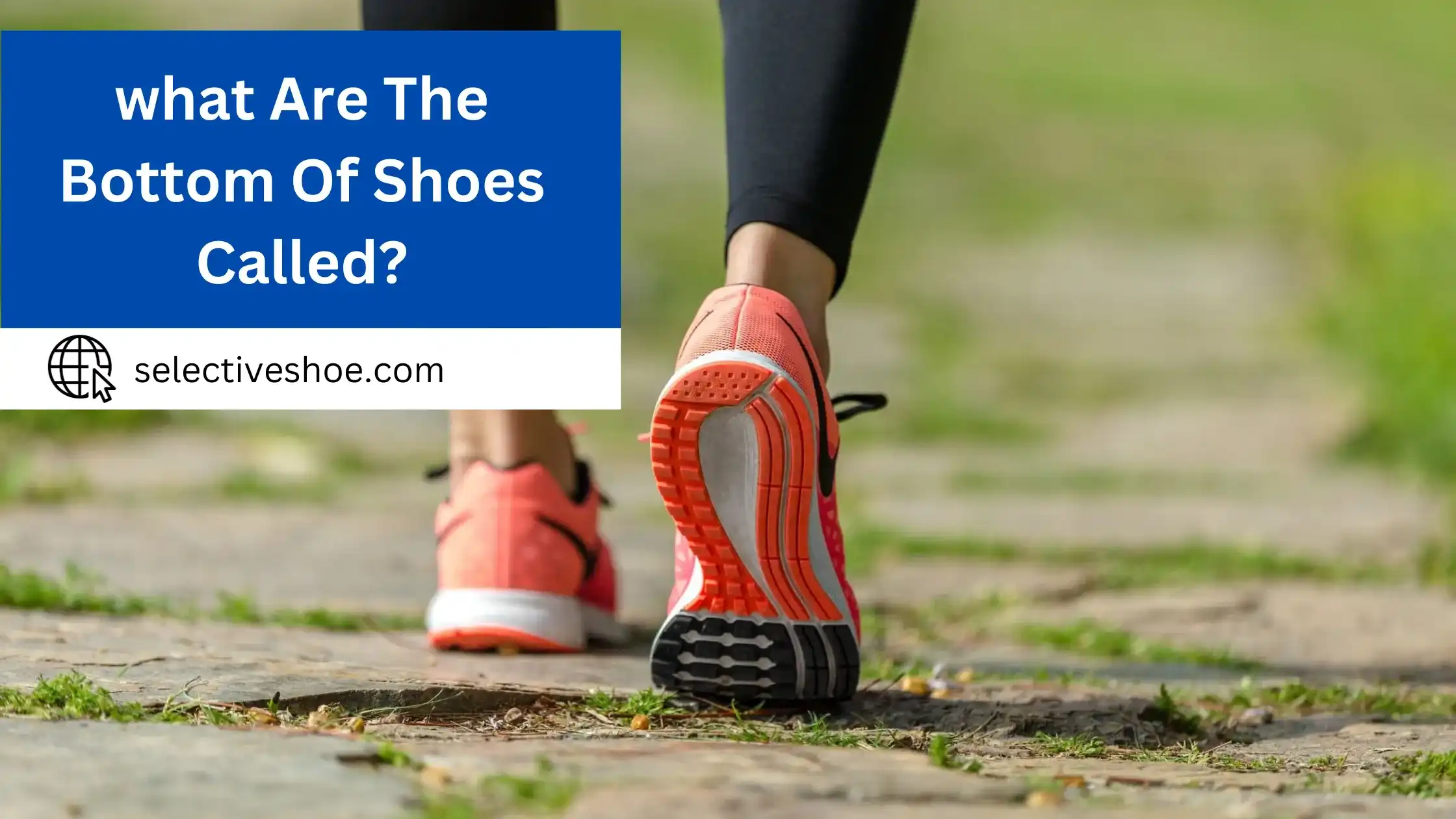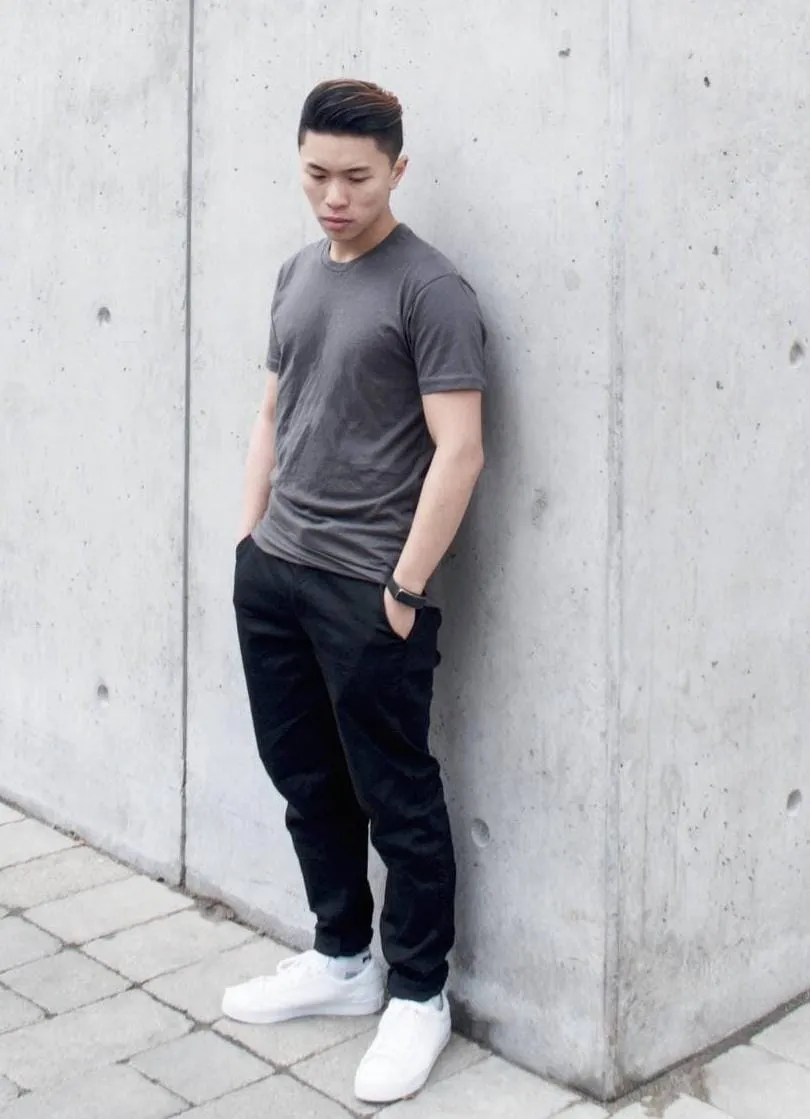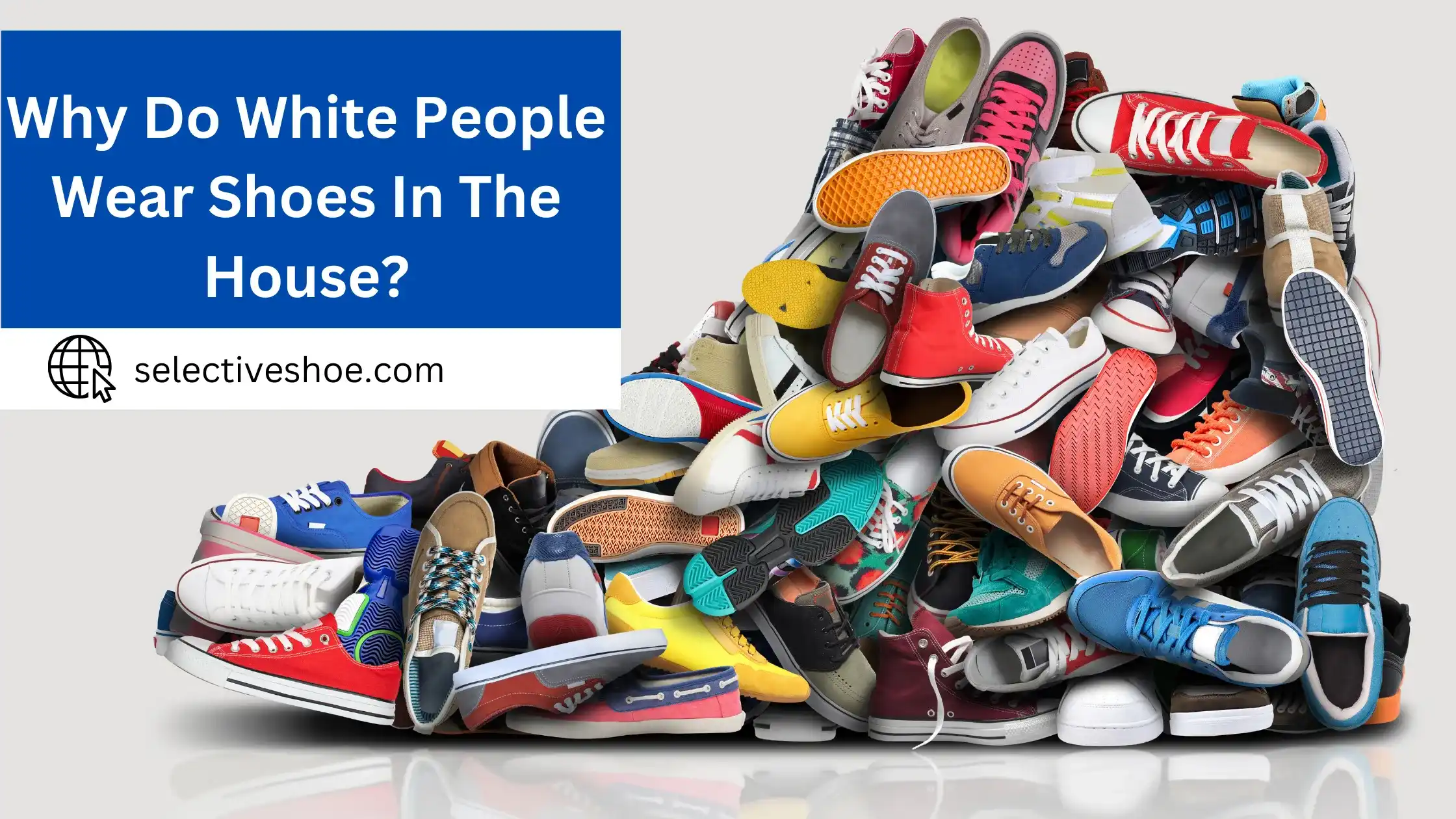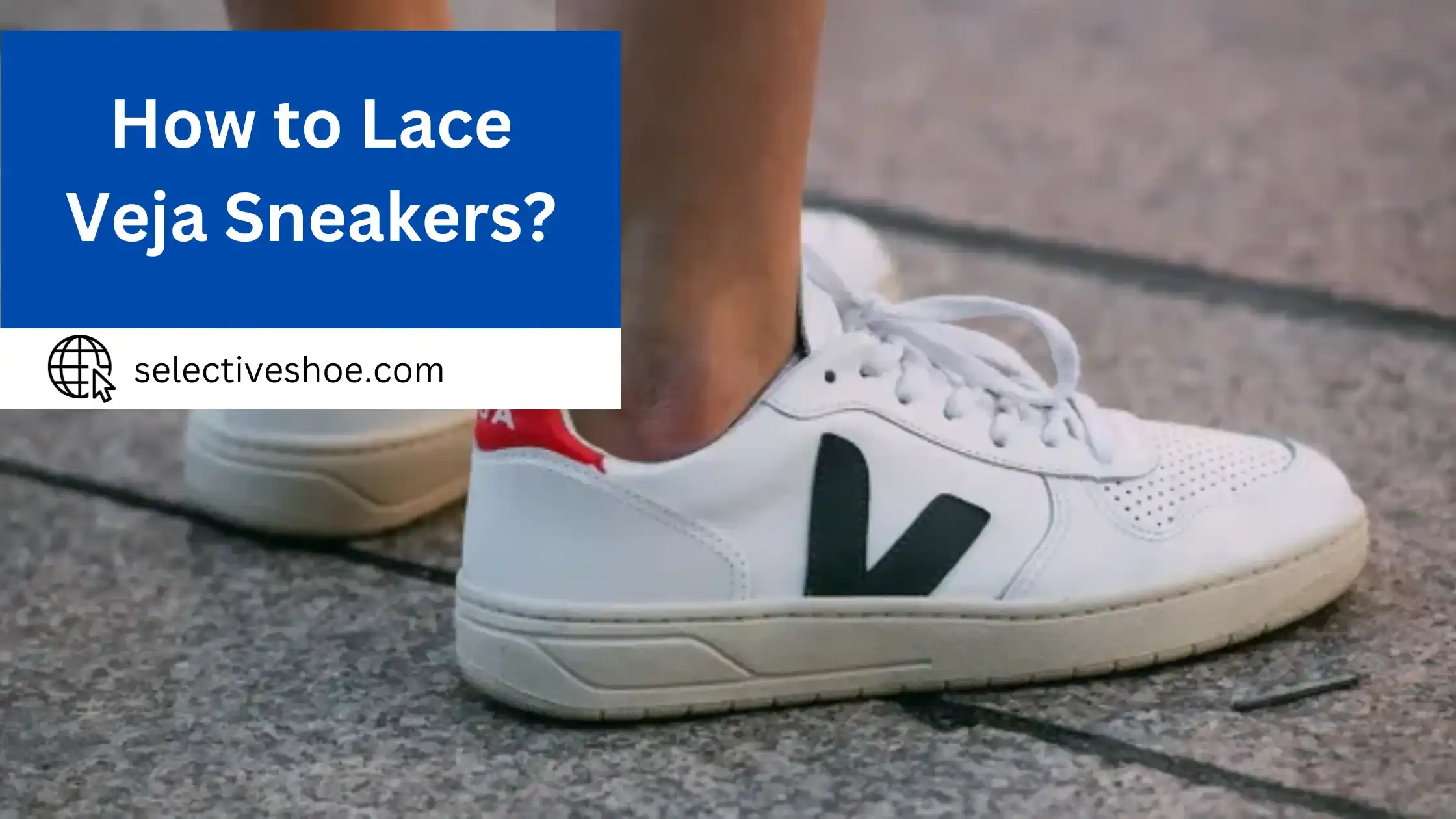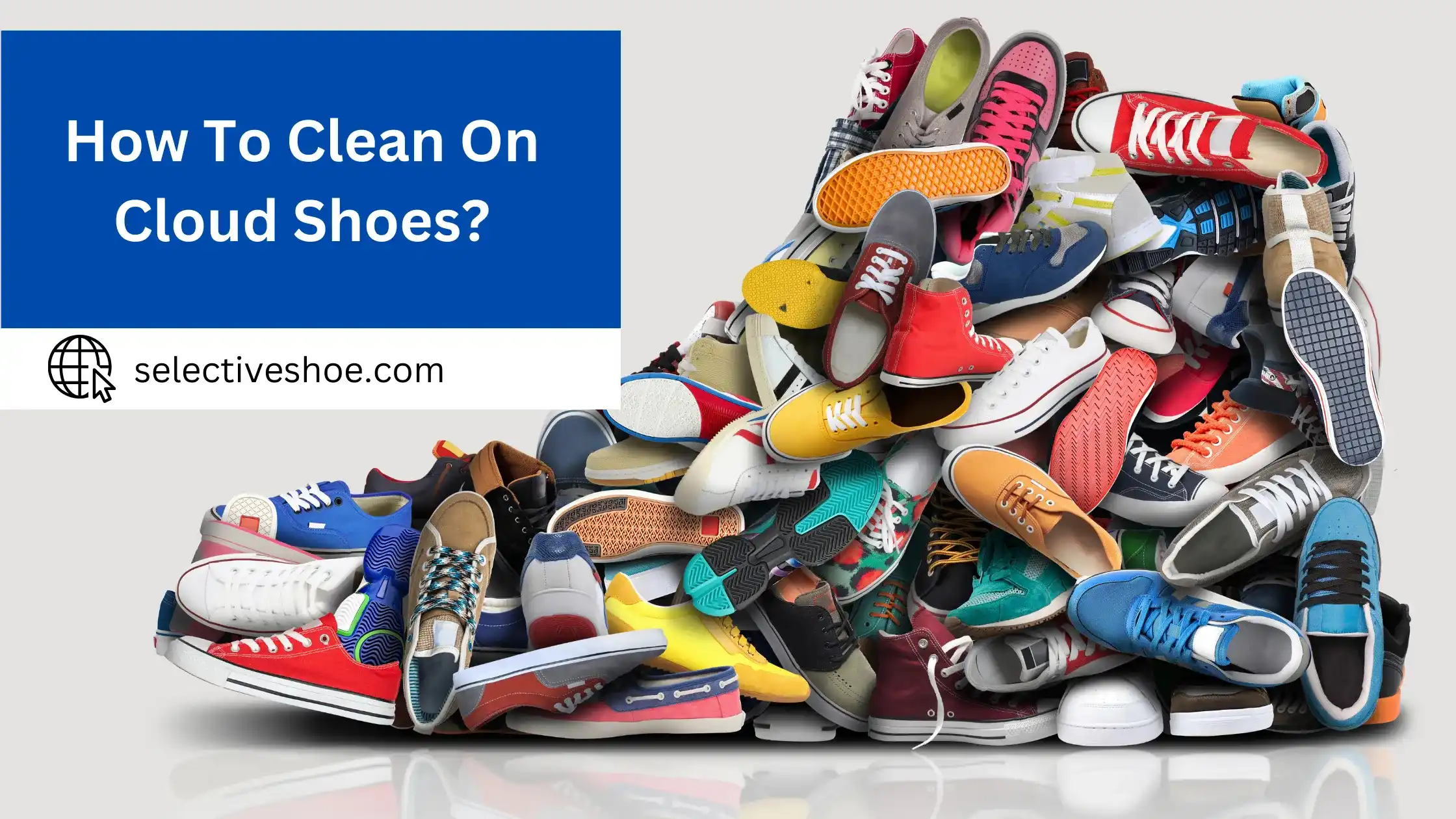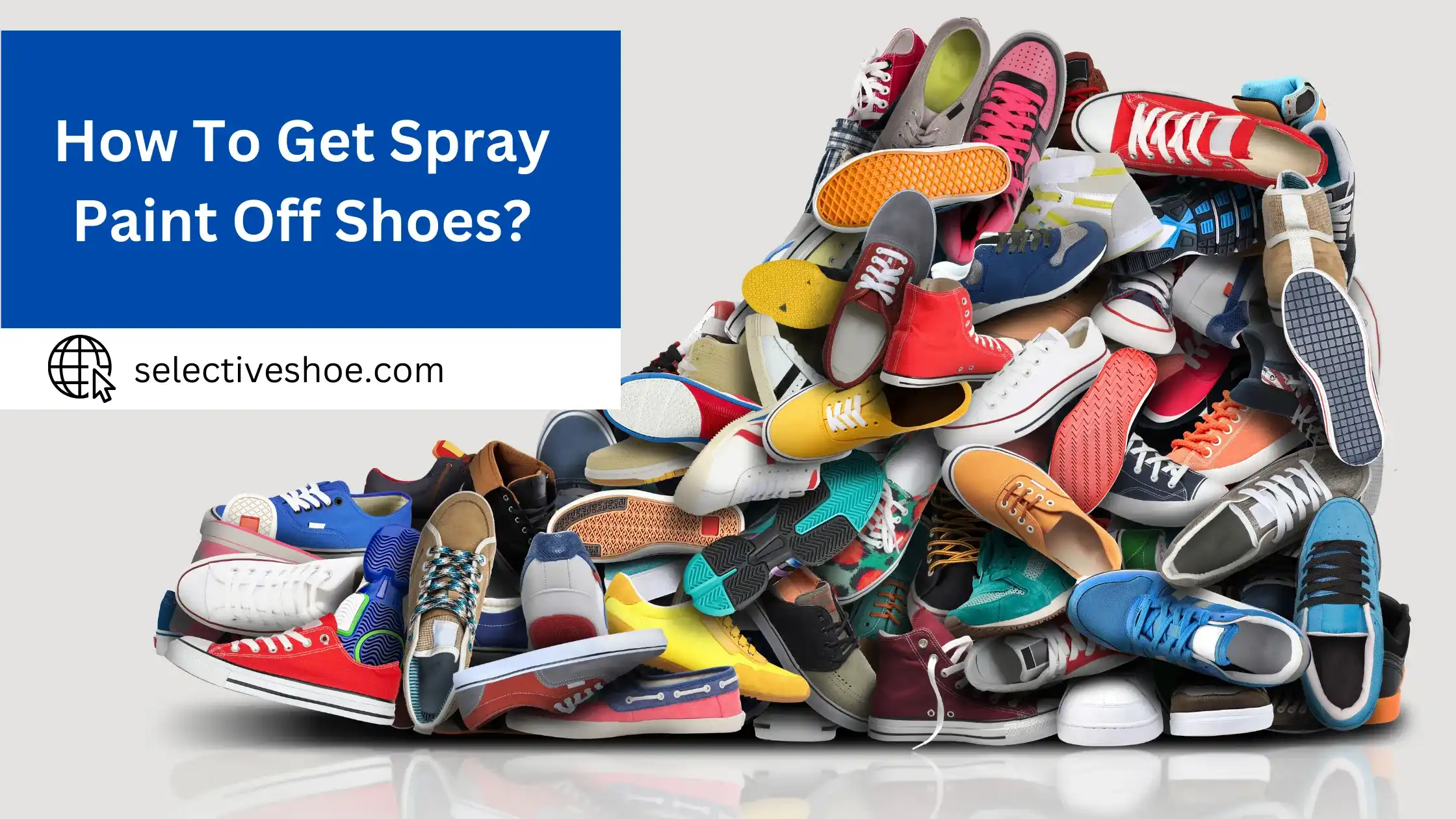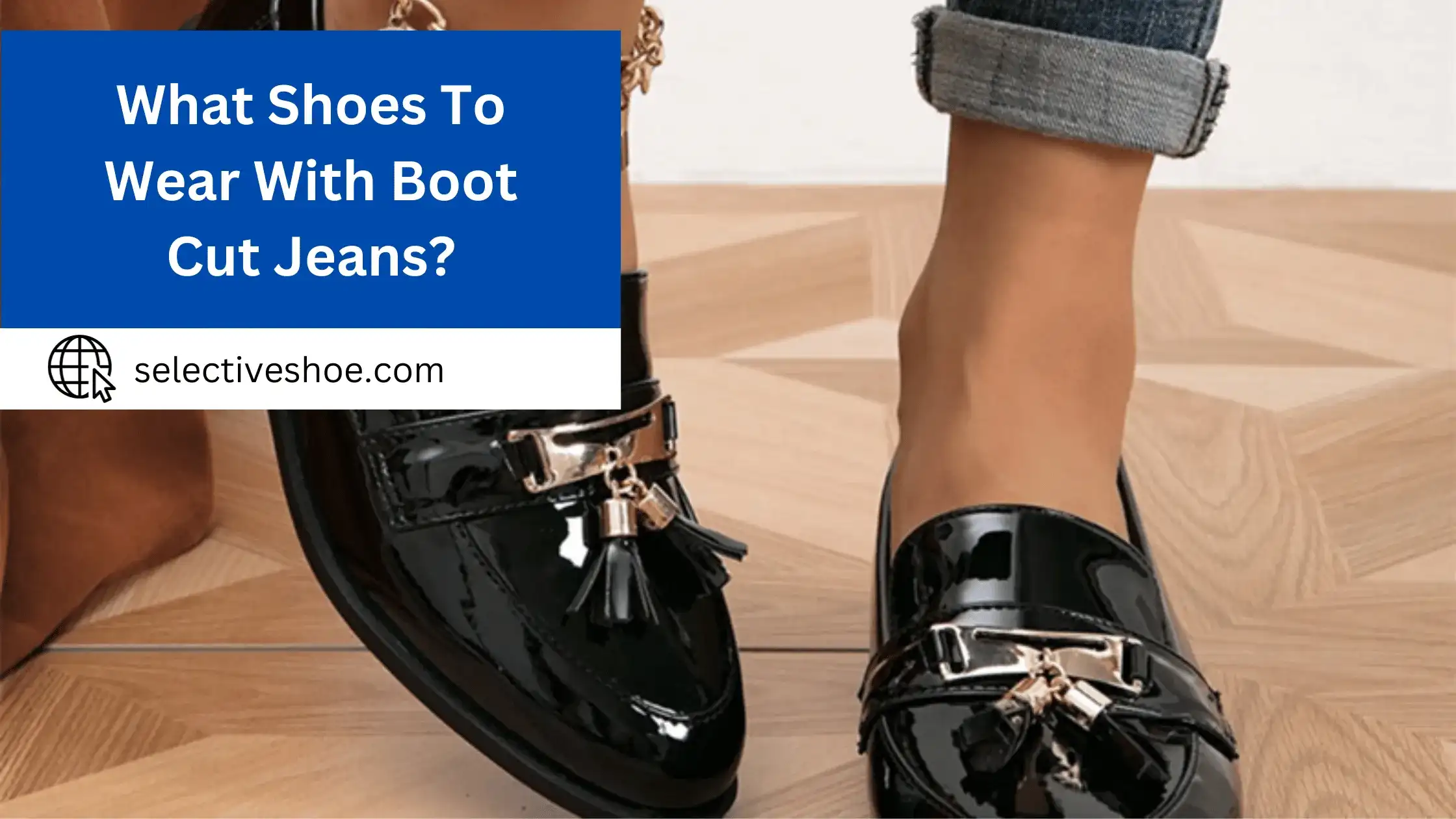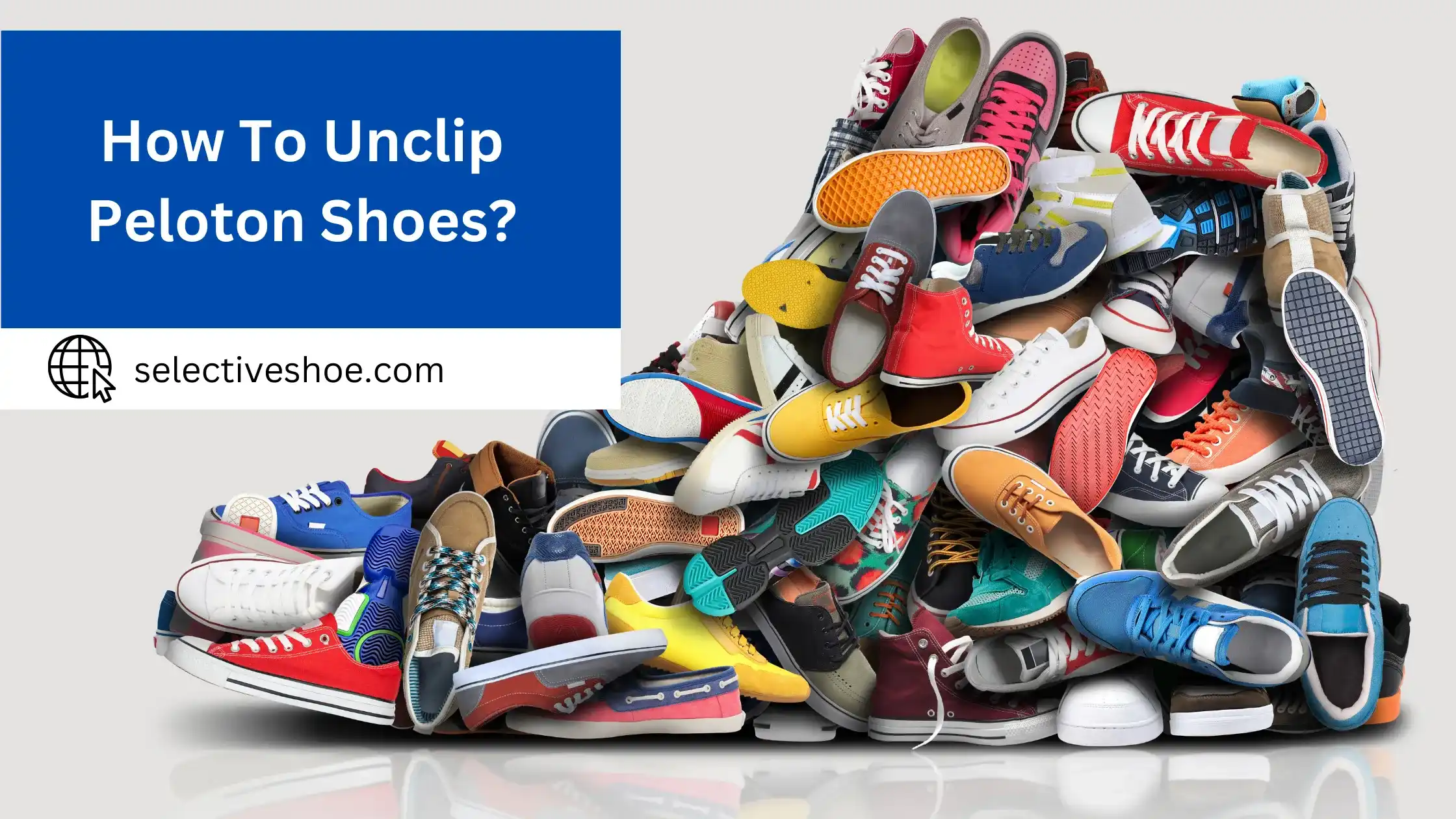Trying to figure out the correct names for all of the parts on a shoe can be confusing and overwhelming. Most people are familiar with easily recognizable features like laces, heels, and insoles, but there is much more beneath the surface that plays a significant role in how our shoes fit and function.
To help clear up some confusion, we will explore what makes up these vital components, why they are essential, and how you can ensure your soles serve their purpose!
The intricate design of a shoe is more than meets the eye. While many are familiar with terms like “heel” or “insole,” the very base of the shoe often remains unnamed to the layperson. This essential part is called the “outsole.”
The outsole is the outermost layer of the shoe that comes in direct contact with the ground. It plays a pivotal role in the shoe’s functionality, determining grip, traction, durability, and, often, its overall lifespan. Made from various materials ranging from leather to synthetics to rubber, the outsole is designed to endure the rigors of daily wear and tear.
Different Types of Outsoles - Exploring The Variety In The Bottom of Shoes:
Leather Outsoles:
Usage:
Common in formal and casual shoes.
Pros:
They are breathable, flexible, and often considered more upscale or refined.
Cons:
Generally less durable in wet conditions and can be slippery without added traction.
Rubber Outsoles:
Usage:
Widespread across various types of shoes, including casual, athletic, and work boots.
Pros:
Offers excellent traction, durability, and weather resistance.
Cons:
Can be heavier than other materials.
Polyurethane (PU) Outsoles:
Usage:
Found in work shoes, dress shoes, and even some sportswear.
Pros:
Balances flexibility with durability and can be lighter than rubber.
Cons:
Can become brittle over time.
Thermoplastic Rubber (TPR) Outsoles
Usage:
Commonly used in boots and some athletic shoes.
Pros:
Offers a good balance of flexibility and strength, often considered a middle ground between rubber and PU outsoles.
Cons:
Traditional rubber might be less durable than it is in some conditions.
Crepe Outsoles
Usage:
Popular in desert boots and some casual shoes.
Pros:
Made from natural rubber, it’s soft and provides good cushioning.
Cons:
Can wear down relatively quickly and become slippery in wet conditions.
EVA (Ethylene-Vinyl Acetate) Outsoles:
Usage:
Common in running shoes and lightweight footwear.
Pros:
Extremely lightweight and has excellent cushioning properties.
Cons:
Less durable compared to rubber or PU outsoles.
How The Outsole Affects Shoe Performance - The Impact of the Bottom of Shoes:
The outsole isn’t just the shoe’s contact point with the ground; it plays a vital role in determining shoe performance. Here’s how:
Traction And Grip:
The material and tread design of the outsole determines the shoe’s ability to grip surfaces, be it the wet floor of a mall or a rugged mountain trail.
Durability:
Hard-wearing materials like rubber or PU can significantly enhance the lifespan of a shoe, ensuring it can withstand the challenges of daily wear.
Shock Absorption:
Materials like EVA are renowned for their cushioning properties, absorbing the impact with each step, which is essential for running or hiking activities.
Flexibility:
A flexible outsole, often found in athletic or dance shoes, allows for a range of movements without restricting the foot.
Weight:
The choice of outsole material can significantly affect the shoe’s weight. Lightweight materials like EVA are preferred for activities where agility is essential.
Environmental Adaptability:
Different outsole materials react differently to various environments. For instance, leather soles might not fare well in wet conditions, while rubber outsoles offer better water resistance.
Aesthetic Appeal:
Especially in formal or fashion-centric footwear, the outsole can be a defining aesthetic feature, complementing or contrasting the overall design.
Caring for Your Outsoles - Maintaining The Bottom of Your Shoes:
To ensure longevity and optimum performance, it’s essential to care for and maintain them properly.
Regular Cleaning:
Dirt, grime, and debris can reduce the traction of outsoles, making them slippery. Regular cleaning ensures grip and prevents premature wear. Use a soft brush to remove dirt. For stubborn grime, mild soap and water can be effective.
Dry Properly:
Wet outsoles can degrade faster, especially if made of natural materials like leather.
How: Dry shoes naturally, away from direct heat sources. Using newspaper or shoe trees can help absorb moisture and maintain shape.
Check For Wear:
Over time, certain areas of the outsole might wear down faster, affecting balance and grip. Regularly inspect the outsoles for signs of uneven wear. Consider professional resoling if required.
Use Protective Sprays:
Protective sprays can extend the life of outsoles by providing a barrier against water and stains. Spray evenly over clean and dry outsoles, especially if they’re made of absorbent materials.
Rotate Footwear:
Constant wear can expedite the degradation of outsoles. Have a rotation of shoes, allowing each pair adequate rest and recovery time.
Store Properly:
Proper storage prevents the outsole material from deforming or becoming damaged. Store shoes in a cool, dry place, away from direct sunlight. Use shoe racks or bags for added protection.
The Evolution Of Outsoles: How The Bottom Of Shoes Has Changed Over Time?
From the earliest footprints of human history to our modern age, the outsole, the foundation of our footwear, has witnessed a remarkable evolution. In ancient times, people fashioned essential shoes with soles made of leather, straw, or plant fibers. As we moved into the Middle Ages, leather remained the dominant material for outsoles, but the design began to evolve.
Rubber outsoles, initially popularized in work boots, offered enhanced durability and grip. The 20th century marked a revolutionary era for outsoles, especially with the rise of sports and athleticism.
In the 21st century, the landscape of outsoles is a blend of tradition and innovation. Modern footwear seamlessly combines age-old materials like leather with advanced polymers, all designed to cater to specific needs, whether maximizing athletic performance or ensuring daily comfort. From mere protective layers to sophisticated, purpose-driven designs, the evolution of outsoles reflects humanity’s journey of innovation, aesthetics, and adaptability.
Conclusion:
Now that you’ve better understood the different components at the bottom of shoes and what they’re called, get creative and make your custom design! The soles can easily be customized with laces, accessories, or other pieces to create your desired look. You don’t have to stick to one sole type. Be bold, experiment, and express yourself through fashion. You could come up with many fantastic combinations that will surely stand out. So go ahead and rock on with what you know about the bottoms of shoes called soles!
